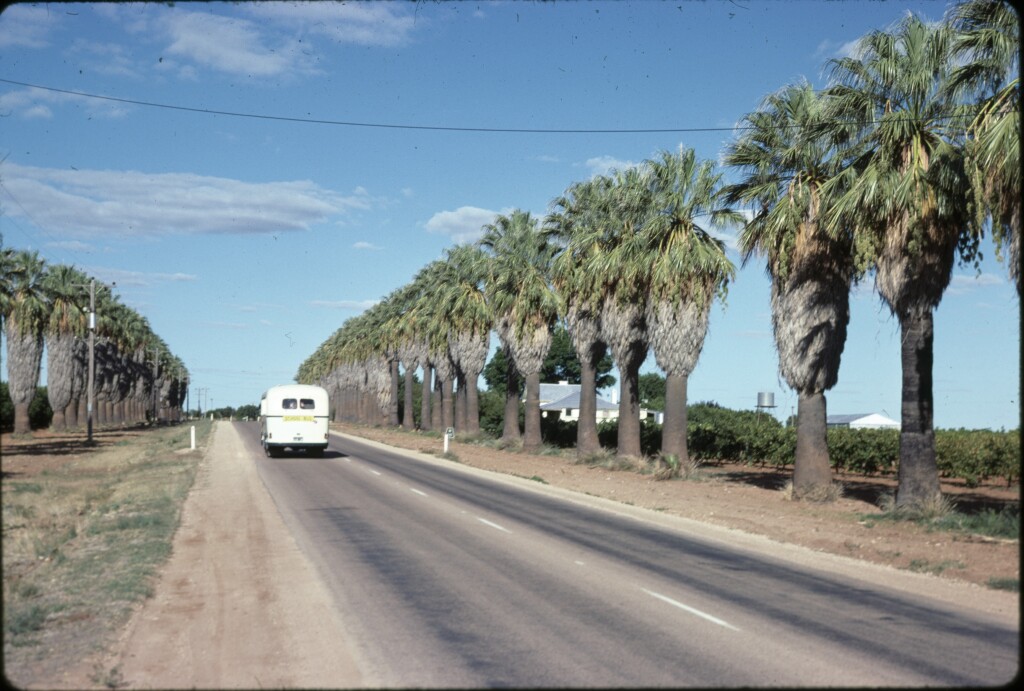Arecaceae
Slender trees, shrubs or climbers. Stem unbranched, sometimes very short, with leaves crowded at apex of stem, or stem branched from the base to form clumps of erect branches. Leaves large, alternate; petiole sheathing at base such that stem completely encircled; lamina frequently fan-like (pleated) at least in bud, usually variously divided, all leaflets or leaf segments inserted on the leaf axis with an upward or downward pointing fold. Inflorescence axillary (in Victorian species), rarely terminal, large, with numerous spikelike branches arranged in a raceme, initially enclosed by large overlapping bracts which are often deciduous. Flowers small, bisexual or unisexual (then plants monoecious or dioecious), sessile or occasionally shortly stalked; perianth in 2 whorls of 3, leathery; stamens 3 to many, filaments unfused or fused; staminodes often present; carpels 3(–10), fused or unfused, 1 ovule per carpel, but usually only 1 ovule per flower developing; stigma usually sessile, 3-lobed and fleshy. Fruit usually 1-seeded, drupe-like or berry-like; seed large with endosperm plentiful.
About 210 genera with c. 2800 species world-wide, mainly in tropics; 27 genera and 68 species in Australia (59 native), 4 species in 4 genera in Victoria.
Conn, B.J.; Walsh, N.G. (1994). Arecaceae. In: Walsh, N.G.; Entwisle, T.J., Flora of Victoria Vol. 2, Ferns and Allied Plants, Conifers and Monocotyledons, pp. 165–167. Inkata Press, Melbourne.
 Spinning
Spinning

